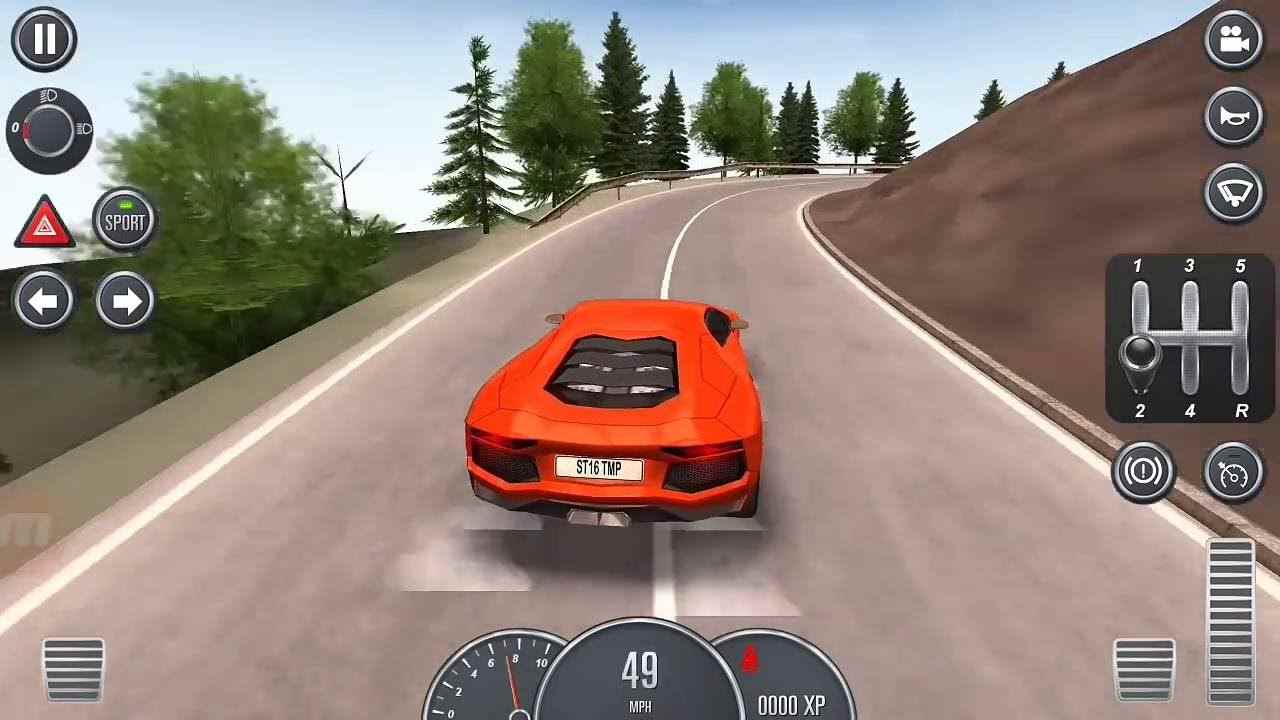

VTOLs are large and heavy, and need large parking spaces, which may mean they will never become a door-to-door transportation option. Flying cars almost always need a short runway or open area to take off. VTOLs and eVTOLS-like the name suggests-can take off and land vertically, and hence require minimum space. VTOLs and eVTOLs will use the airspace above urban areas, while flying cars can use both airspace and roads. They often call themselves flying cars for ease of reference but there are some significant differences. Take VTOLs-Vertical Take Off and Landing vehicles- for example, and electric VTOLs (eVTOLs). However, while all flying cars are advanced air vehicles, all advanced air vehicles are not necessarily flying cars. What is a flying car?Many advanced air vehicles call themselves flying cars. Anastasopoulos, says flying cars are designed to minimise carbon footprint, minimise noise, take little space compared to airplanes and choppers, and can be self-driven.įlying cars can have a positive environmental impact as they can cover a longer distance in a shorter span than cars, use less energy for take off and cruise because of the wing design and modern automotive emissions-compliant engine technology, Slovakia-based Patrick Hessel, CEO of Aeromobil, tells Forbes India. PhD associate professor at the University at Buffalo in the US, Panagiotis Ch. A more immediate use for flying cars could be in improving emergency services such as ambulances, fire engines and so forth. Flying cars then could help reduce congestion on the roads and emissions from ground transport, and lower the risk of road accidents. These collectively characterise the future landscape of mobility, which will emphasise sustainability, safety and efficiency.”Īs populations continue to grow, sustainable transportation will be among the most important problems of our times. Satya Ramamurthy, global co-head of public transport, KPMG, in Singapore, says, “The future will be marked by a significant increase in public transport usage and vehicle-sharing… we will see reduced dependence on fossil fuels, and the lowering of the number of transport-related casualties arising from human error. A 2019 Global Traffic Scorecard by INRIX found that the average American lost 99 hours annually to traffic congestion which costs them almost $1,377 per year. This costs many countries 2-3 percent of their GDP. Every year, 1.3 million people are killed and between 20 and 50 million are injured in road accidents, according to the World Health Organization. Passenger vehicles like cars and buses contribute 45.1 percent of this and 29.4 percent comes from freight vehicles. Even as the world moves towards electric vehicles, the future beyond that is in the works.Īccording to a report by the International Energy Agency (IEA) in November 2019, road travel accounts for 75 percent of all transport emissions. Move over drones, the air mobility space seems to be heating up. There is an emerging flying car industry in the world with many players like Slovakia-based Klein Vision and Aerobomil, US-based Terrafugia, Kitty Hawk and Joby Aviation, Germany-based Lilium, and Netherlands-based PAL-V, to name a few. With positive shifts in legislation globally, these technologies may soon transform the way we travel. The road ahead eVOTLs looks bright and there is entrepreneurial interest in the sector. The company will be launching its flying car in London at the world’s largest Helitech Exhibition in October. But “there is a large scope for component manufacturing here for urban air mobility systems”, he adds. He foresees setting up manufacturing to be the biggest challenge as there aren’t many big aerospace manufacturing companies in India. Founder and CEO Yohg CAS Iyer says, “We are going to be one step ahead from electric by using biofuel which will make mobility even more sustainable.”Īccording to Iyer, the hybrid technology will maximise flying time. On the other hand, Chennai-based Vinata Aeromobility is developing a fully autonomous flying car, which will be Asia’s first hybrid flying car, and one that will use biofuels. Thirty-one percent to 47 percent Indian respondents said they would definitely consider using an AAM vehicle in the future, depending on use case.”


According to a survey by McKinsey and Company in June: “Interest in using passenger Advanced Air Mobility (AAM) was highest in India and Brazil. Pranjal believes that the sheer need for better mobility options will lead to a rapid adoption of flying cars and taxis in India despite the country’s low purchasing power. Hero Electric is set for a high voltage fight


 0 kommentar(er)
0 kommentar(er)
